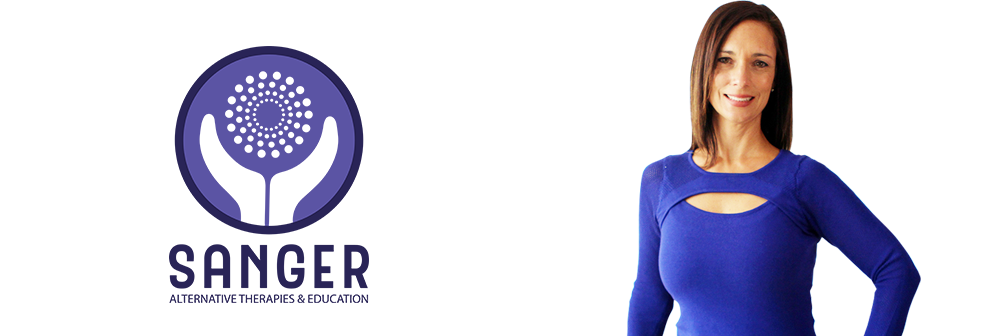Like traditional Chinese acupuncture, contemporary medical acupuncture for pain control is a modern treatment approach founded in concepts of neurology, anatomy, and physiology.
Imagine that your body is a house with all sorts of electrical systems in place. Not all of them are on at the same time. When you turn on a light switch it allows the electricity to flow in that part of your house. This is how acupuncture works, you put a needle in some place and it turns on the power in that part of your body’s energy. Each location is specific and deals with a necessary aspect of your body’s functions just as turning on various switches in your house powers only certain areas. Sometimes you want to tune the whole system, like when you turn on the air conditioning it cools the whole house. Or turning on the heat, and so on.
When the switches are turned on, everything begins to light up. It’s the same in your body, but a bit more complicated: mood improves, hormones improve, immune system functions better.
What else can be treated with Acupuncture?
While medical acupuncture is most commonly associated with pain control, in the hands of a well-trained practitioner, it has much broader applications. Acupuncture can be effective as the only treatment used, or as the support or adjunct to other medical treatment forms in many medical and surgical disorders.
The World Health Organization (WHO) recognizes the use of acupuncture in the treatment of a wide range of medical problems, including:
- Digestive disorders: gastritis and hyperacidity, spastic colon, constipation, diarrhea.
- Respiratory disorders: sinusitis, sore throat, bronchitis, asthma, recurrent chest infections.
- Neurological and muscular disorders: headaches, facial tics, neck pain, rib neuritis, frozen shoulder, tennis elbow, various forms of tendinitis, low back pain, sciatica, osteoarthritis.
- Urinary, menstrual, and reproductive problems.
Besides using acupuncture for pain control, the therapy is particularly useful in resolving physical problems related to tension, anxiety, stress, and emotional conditions.



